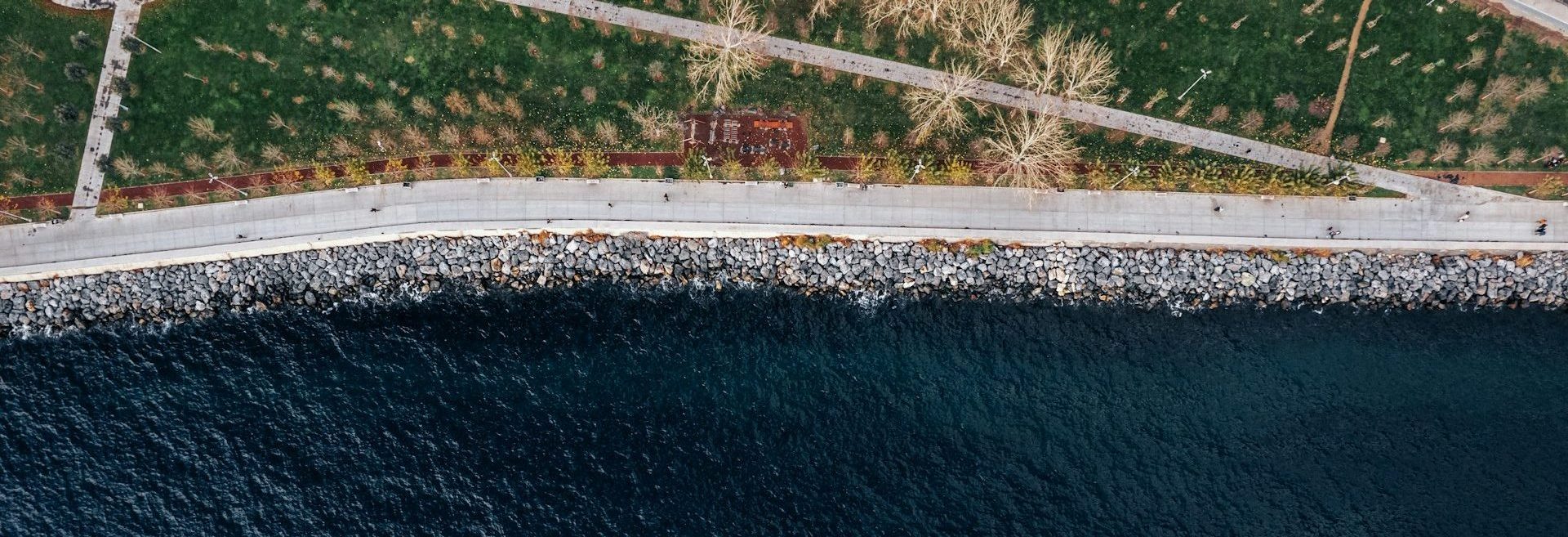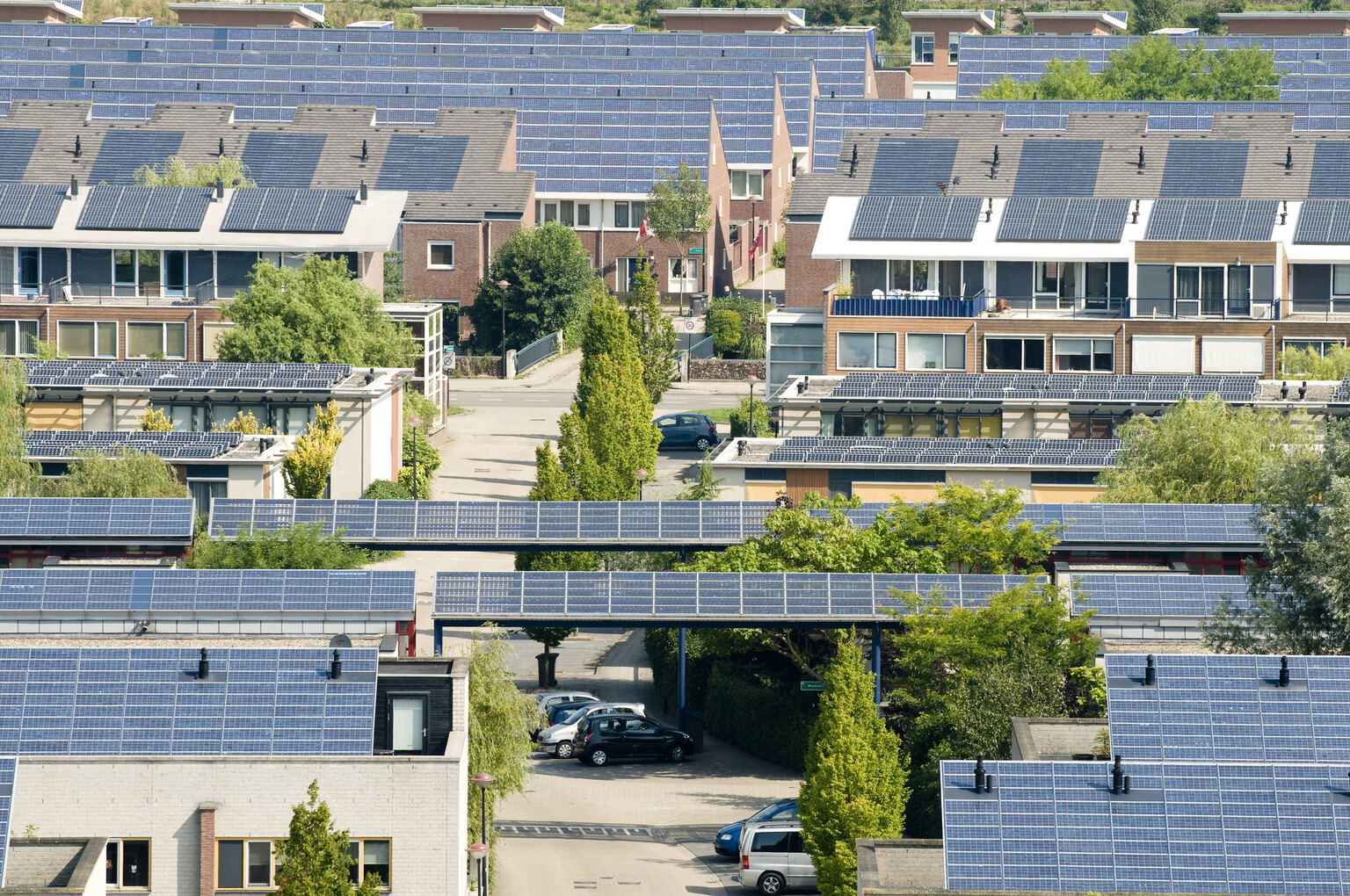Scientific networks are crucial bridges, turning local experiments into global learning and helping decision-makers access the right information at the right time. In the face of accelerating climate risks, adaptation must be a shared mission, grounded in cooperation, trust, and collective intelligence.
Read on for key moments from the third and final day of ECCA2025.
The last day of ECCA, the biggest European conference on climate change adaptation, started with a morning of cross-disciplinary sessions that helped highlight the importance of framing adaptation as a challenge that transcends the realms of science and policy.
The panel “Cultural Heritage and climate resilience: Innovative strategies for coastal and mountain areas” explored how cultural heritage can play a central role in climate adaptation. Cultural heritage is not just about preserving the past: it’s a powerful tool for building resilience. Experts showed how restoring traditional landscapes, reviving local knowledge, and engaging communities can support adaptation in meaningful ways. From Cinque Terre’s terraced vineyards rebuilt to prevent landslides, to community-led land use in Scotland, and policy frameworks for coastal heritage protection, the panel demonstrated that climate action rooted in cultural identity can reconnect people to places, creating more sustainable futures.
Another panel focused on the impact of climate change on mental health, a growing aspect of the crisis that still requires further study. Speakers stressed the urgent need for more research and funding to understand how climate stressors affect emotional well-being and social vulnerability. The key message was clear: addressing mental health must become a core part of climate resilience, especially with regards to at-risk communities.
At the intersection of theater, storytelling, and climate activism, ECCA attendees had the opportunity to experience the screening of an excerpt from For Rosa, a powerful one-person play that tells the story of a teenager’s journey from personal tragedy to climate action. The performance, followed by a conversation with filmmaker and climate activist Nic Balthazar, explores the true story of Rosa, a 15-year-old girl who loses her life during the catastrophic floods that struck Belgium and Germany in the summer of 2021. Her friend Benjamin, unable to save her, turns his grief into purpose and becomes a climate activist determined to protect what remains.
“One death is a tragedy, one million deaths is a statistic. And this is one of the main challenges we face in climate communication,” said Balthazar when speaking at the screening. “Sometimes you look for a story and the story finds you.”
In the panel “Nature-based solutions in action: Scaling resilience pathways to face climate extremes,” chaired by CMCC’s Elisa Furlan, experts from across Europe showcased how nature-based solutions (NBS) are being implemented to adapt to growing climate risks, from flooding and biodiversity loss to desertification and sea-level rise. Representing the NBS4EU cluster of Horizon projects, speakers presented case studies spanning Sardinia’s coastal posidonia meadows, Denmark’s vegetated sewage treatment systems, the Po Delta’s restored embankments, and Arctic Lapland’s safe tourism trails. Through interactive activities and deep regional insights, the session made one thing clear: scaling up NBS requires collaboration, local engagement, and systemic change.
“A key message from our panel is the importance of collaboration among diverse projects through the NBS4EU cluster, which unites seven sister projects to strengthen knowledge exchange, monitoring frameworks, policy briefs, and successful nature-based solution stories. This collective approach not only inspires replication across regions but also supports the EU Adaptation Mission’s goal of climate resilience,” said Furlan. “What emerged strongly is the concept of collective intelligence, where big data, AI models, and environmental monitoring combine with stakeholder engagement and local knowledge to shape shared governance and a unified vision for adaptation.”
The closing plenary of ECCA2025 brought together diverse voices to highlight the path to climate adaptation. Belgian landscape architect and Harvard professor Bas Smets delivered an inspiring keynote that gave a new perspective on the role of nature in urban design. Describing innovative urban design projects, such as Paris’ La Défense, his message was bold and visionary: to make cities climate-resilient, we must treat nature not as decoration, but as a driving force in the transformation of our built environment. “Can we think of the urban environment as a natural environment?” he asked.
Nadia Pinardi, director of the UN Decade Collaborative Center on Coastal Resilience and member of CMCC’s strategy council, called for an approach to science that is practical, inclusive, and people-centered. “Public sentiment is everything,” she said, emphasizing the need to reshape academia through a multidisciplinary approach and stronger connections to local realities.
Pinardi also stressed the importance of equitable education, especially in under-resourced regions, highlighting the role of youth engagement in building climate resilience. Through projects like Rimini BlueLab, young people are learning to see adaptation not as fear-driven, but as a positive action that involves the next generation in the transformation process.
From architecture to mental health, from cultural heritage to climate activism, ECCA 2025 brought climate adaptation to life through vibrant dialogue across disciplines, sectors, and borders, in Europe and beyond. With over 600 participants from around the world and three days rich in science, debate, and engagement, the conference opens a new chapter in how to build a better future. Next stop: ECCA 2027 in Oslo, Norway.






